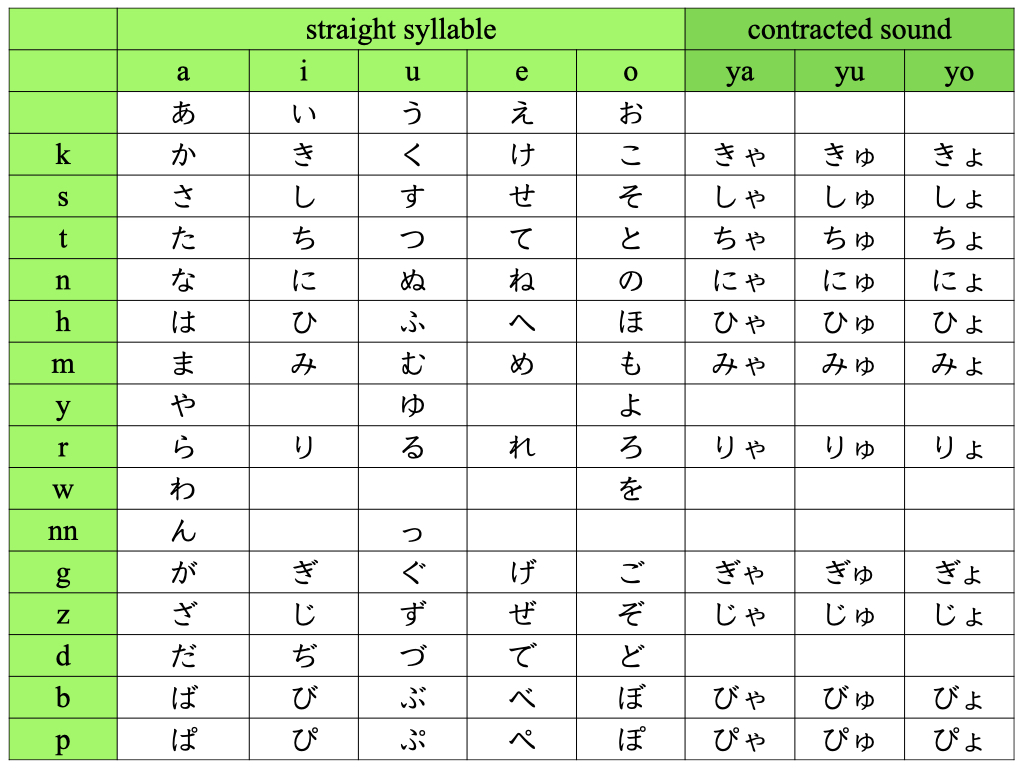
Hiragana is a fundamental part of the Japanese writing system, used for traditional Japanese words and important grammar parts, like particles. It consists of 105 characters. Let’s break them down into groups:
Basic Characters: We start with 47 basic characters. Among these, there’s a unique one (っ) used to show double consonants like ‘ss’, ‘tt’, ‘pp’, and ‘kk’.
Characters with Marks: Next, 25 characters have tiny marks that change their sounds. These can be either a pair of short diagonal lines (゛) or a small circle (゜).
All these, the basic characters and those with marks, are known as Straight Syllables. They’re the main sounds in Hiragana and are essential to the writing system.
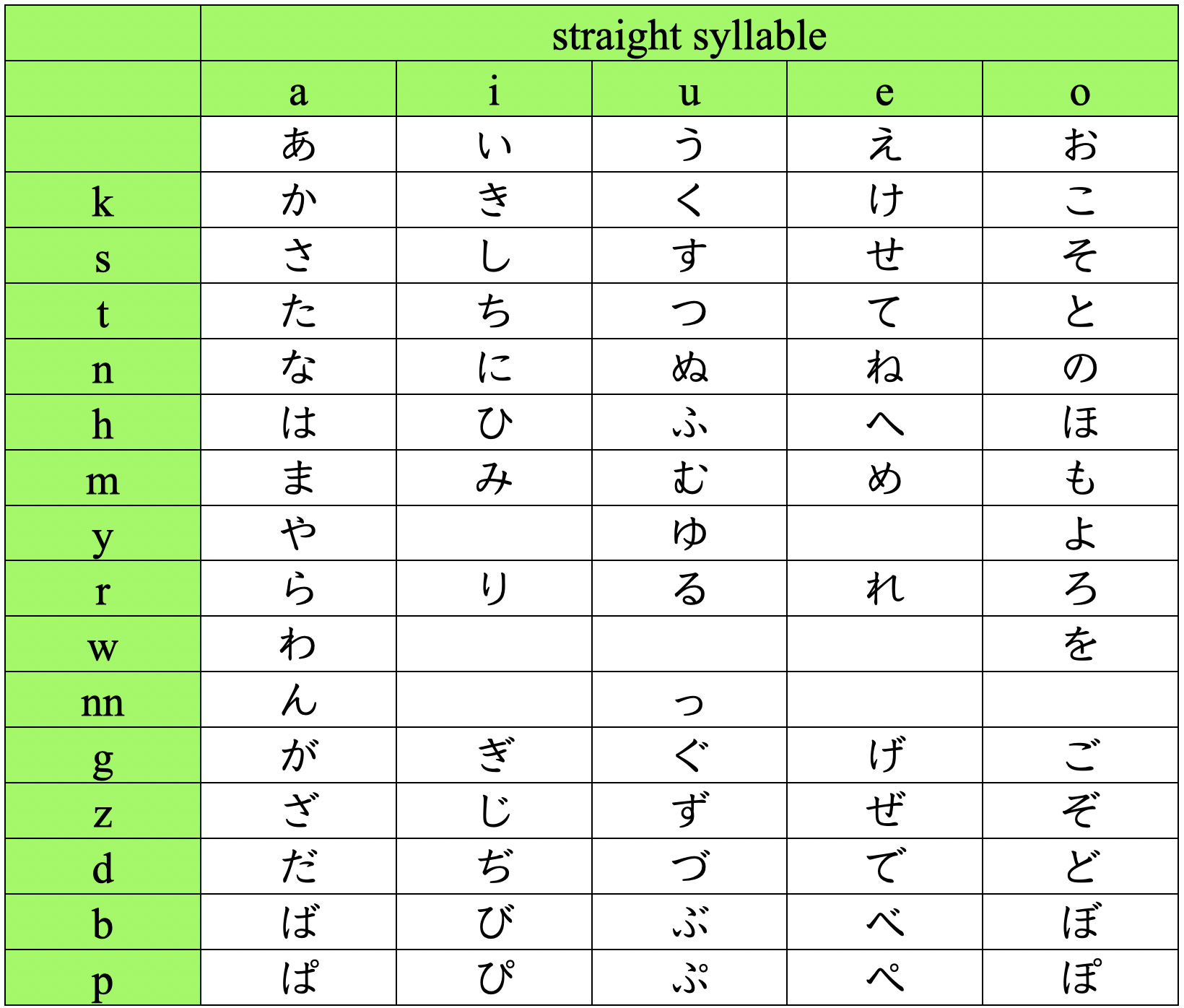
Contracted Sounds: On the other hand, we have 33 contracted sounds. These happen when a smaller や, ゆ, or よ is placed right after another character, mixing with it to make a new sound. These sounds count as one syllable.
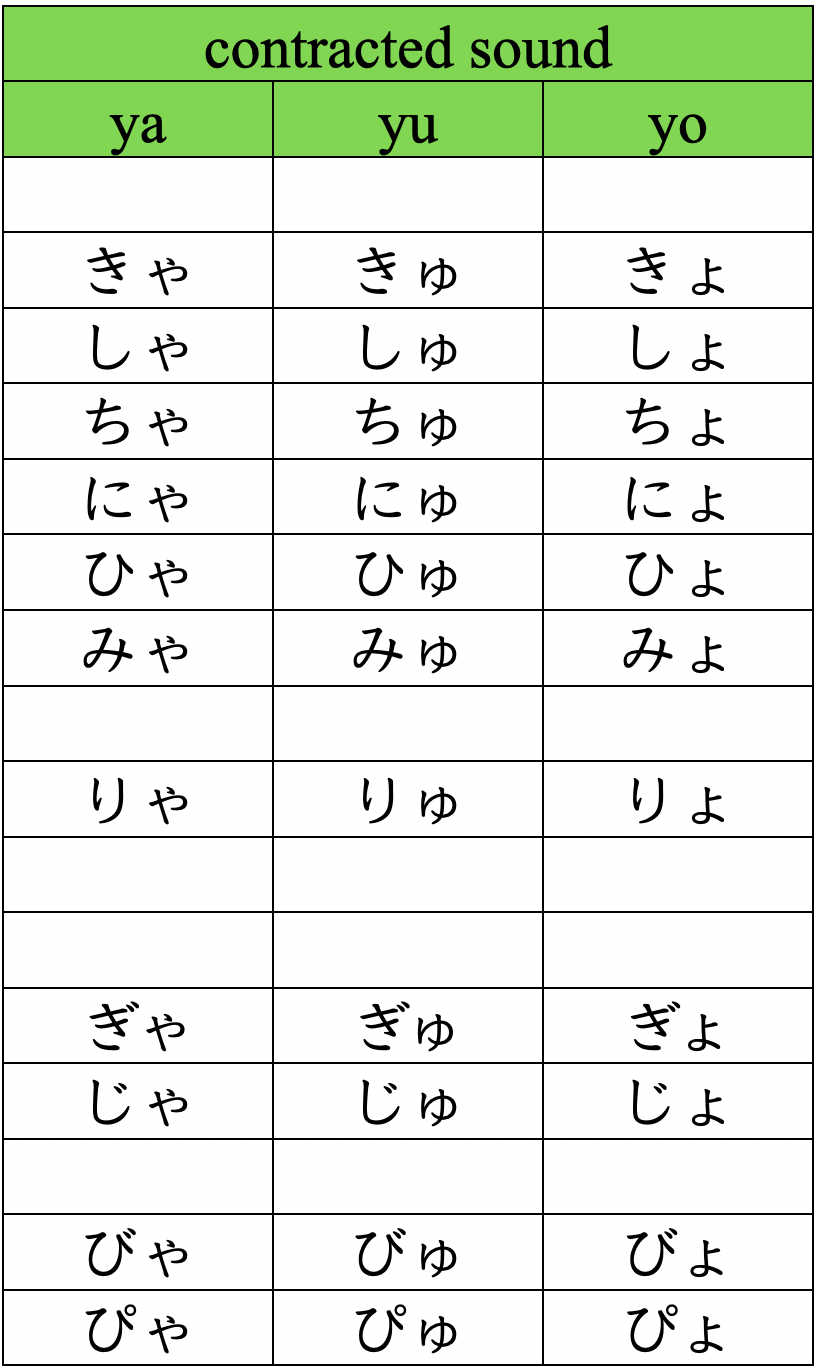
Important Points
Understanding Japanese characters involves noting several key aspects:
Same Sound, Different Looks: Some characters, like the sound /sa/, can look different depending on the font—such as in Mincho (明朝体), Gothic (ゴシック体), and Textbook (教科書体) styles. But remember, they all represent the same sound, /sa/.
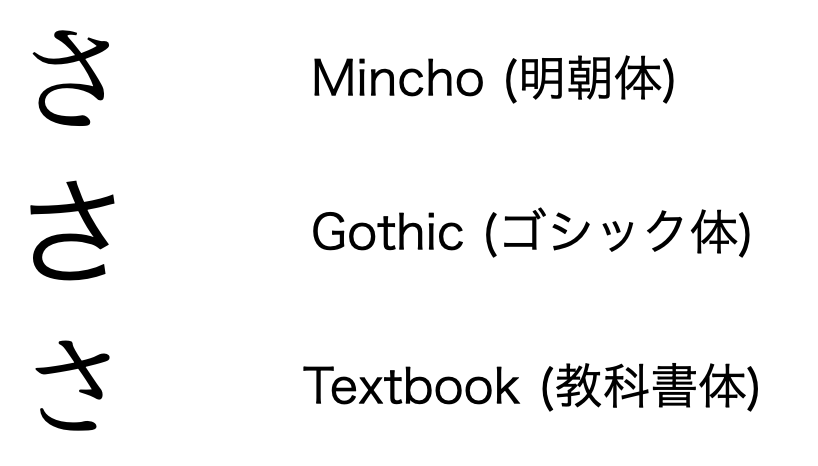
Meet the Small but Mighty: When you see the small versions of “や”, “ゆ”, “よ”, and “つ” (like “ゃ”, “ゅ”, “ょ”, “っ”), understand they’re used to create special sounds in words. Always write them smaller than regular Hiragana characters—they’re key to your writing in Japanese.
Drawing Out Sounds: Making longer sounds in Japanese is usually as simple as repeating the vowel, like the ‘aa’ in ‘okaasan’ (mother). However, there are exceptions: when ‘e’ and ‘i’ come together, they produce a longer ‘ee’ sound, as you can see in ‘tokei’ (clock), pronounced ‘tokee’. Similarly, ‘o’ and ‘u’ together make a longer ‘oo’ sound, as in ‘ou’ (king), pronounced ‘oo’.
For longer sounds in Hiragana, we often repeat the vowels ‘あ’, ‘い’, ‘う’, ‘え’, ‘お’, as seen in ‘おかあさん’ (mother). In Katakana, we extend sounds with ‘ー’. In Rōmaji, we typically show these longer sounds by doubling the vowel, such as ‘aa’ in ‘okaasan’, or by adding a macron over the vowel, as in ‘okāsan’.
Marks That Change Sounds: The character “は” can change its sound with different marks. Adding two little lines (゛) turns /ha/ into /ba/, and a small circle (゜) changes it to /pa/.
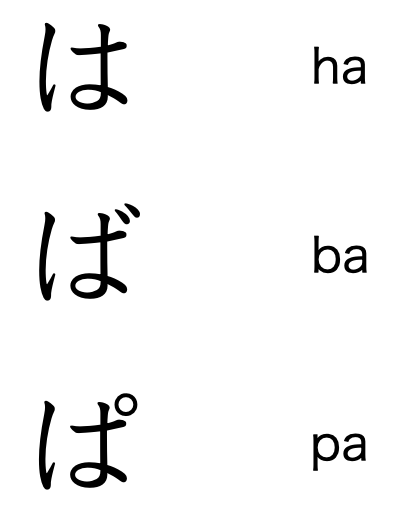
Every Hiragana Holds Its Own Beat: Imagine speaking Japanese is like playing a song, where each Hiragana character gets its own beat. Just as in music, where every note is crucial to the melody, in Japanese, each Hiragana character should be clearly pronounced for just the right length of time—like hitting a note perfectly. This means giving each character equal time, ensuring your spoken Japanese flows smoothly, like a well-composed tune.
The Silent っ: This small character doesn’t make a sound itself. Instead, it creates a pause, like a silent moment in speech. It’s not about the noise but the silence it introduces.
Adapting ‘ん’ Sounds: The sound of ‘ん’ changes depending on its position in a word. For instance, when a /k/ or /g/ sound follows ‘ん’, it is pronounced as /ŋ/, like in ‘りんご’ (ringo, apple). If ‘ん’ is followed by /b/, /m/, or /p/, it takes on an /m/ sound, as seen in ‘しんぶん’ (shinbun, newspaper). When ‘ん’ precedes other sounds or is at the end of a word, it’s pronounced as /n/, such as in ‘にんじん’ (ninjin, carrot) or ‘ほん’ (hon, book).
Hiragana Twins: Some characters, like “お” and “を”, “じ” and “ぢ”, “ず”, and “づ”, look different but sound the same. They’re like twins in how they sound (/o/ for the first pair, /ji/ for the second, and /zu/ for the third). Historically, these characters represented distinct sounds, but over time, as pronunciation simplified, they merged into single sounds. This evolution showcases how the spoken language adapts and changes, making it easier for everyone to speak and understand.
The Dual Life of ‘は’ and ‘へ’: These characters have two roles. In words, “は” is /ha/ and “へ” is /he/. But as particles in sentences, they transform: “は” becomes /wa/ to highlight the topic, and “へ” turns into /e/ to indicate direction. This change shows how context affects the sound of characters, enriching your conversations with the nuances of Japanese.
To further improve your understanding and practice of Hiragana, consider watching tutorial videos. So, please practice Hiragana by accessing YouTube through the link below. Watching this video can help you get better at reading and writing Japanese, making the whole process much easier and more fun.


